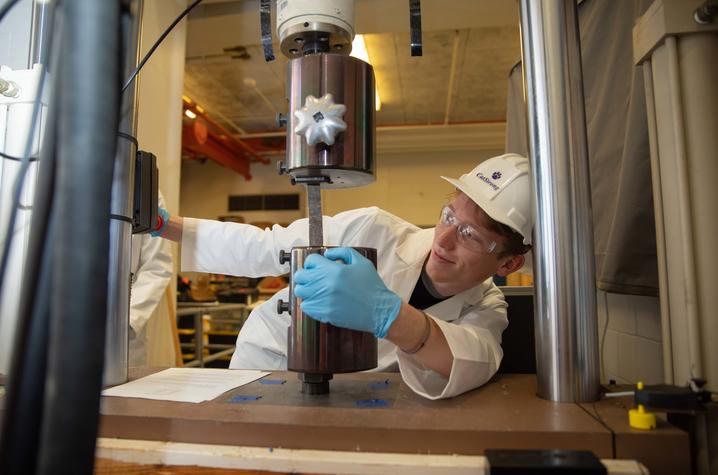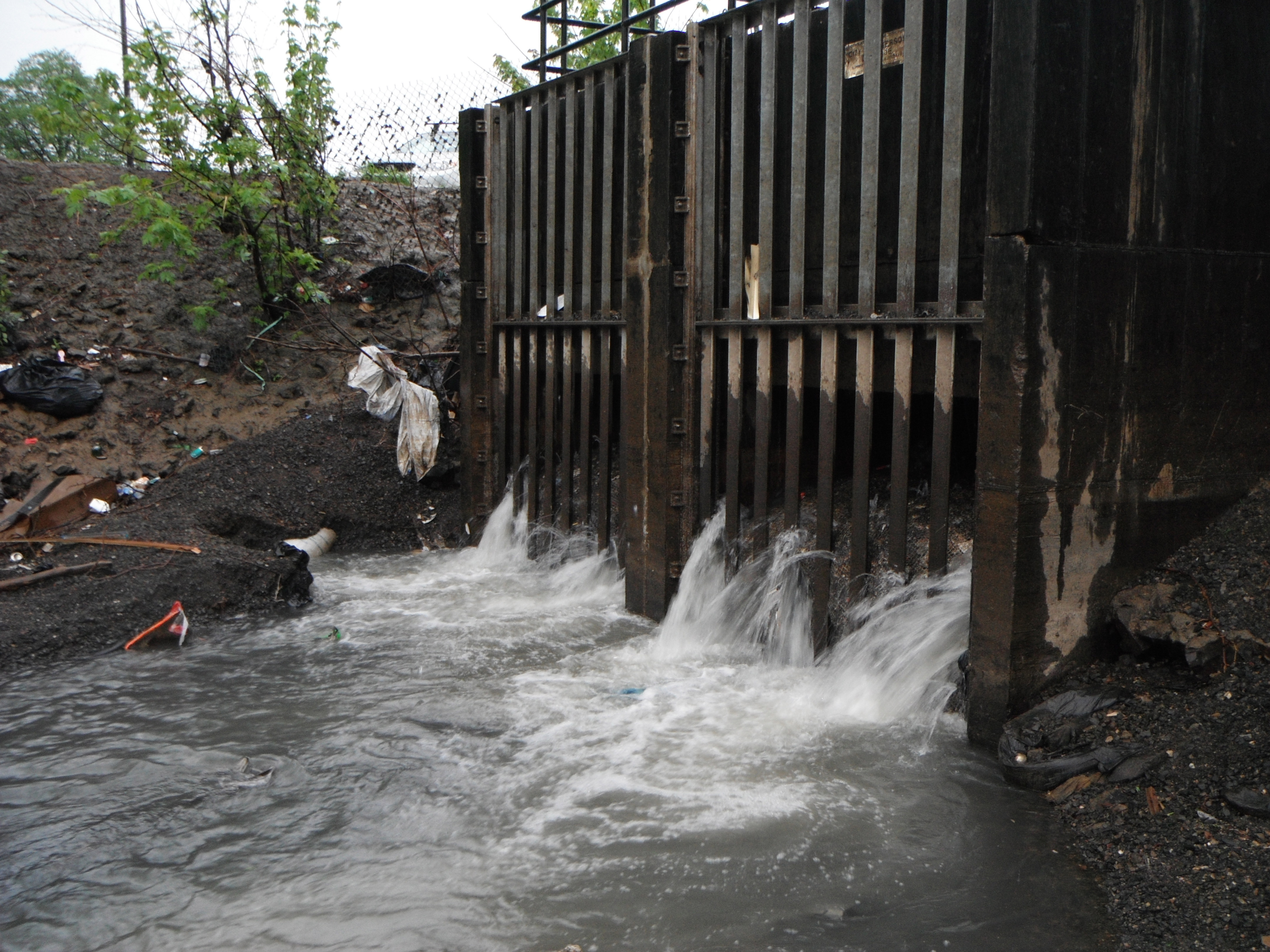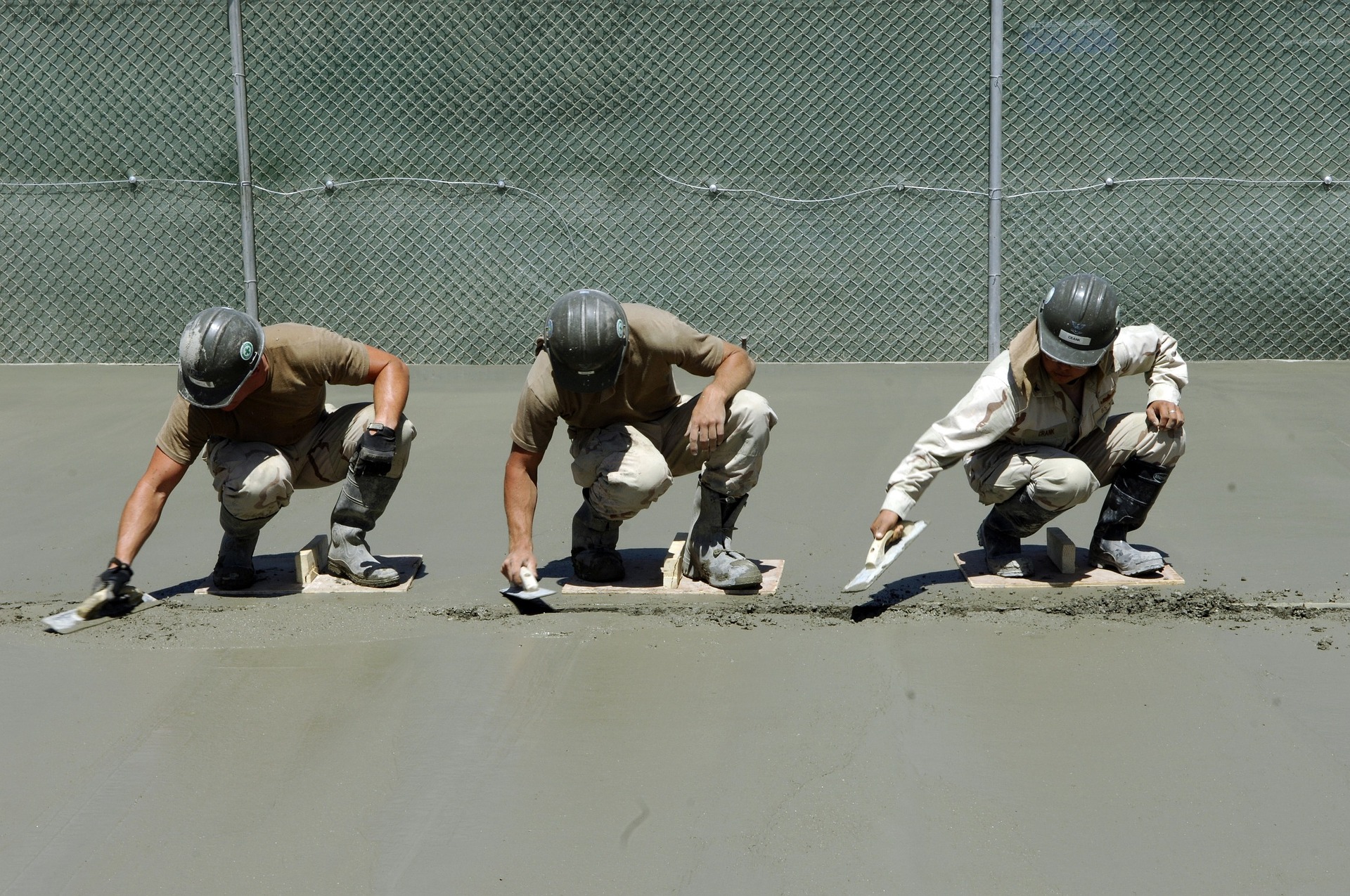Did you know recycled human hair has many industry uses? As you might expect, beauty trends have fueled growth in the global hair business. But could those clippings — the ones often found on the floor of a hair salon — help repair dilapidated bridges and buildings across Kentucky and beyond? A research team in the College of Engineering at the University of Kentucky is leading the charge to answer that very question.



